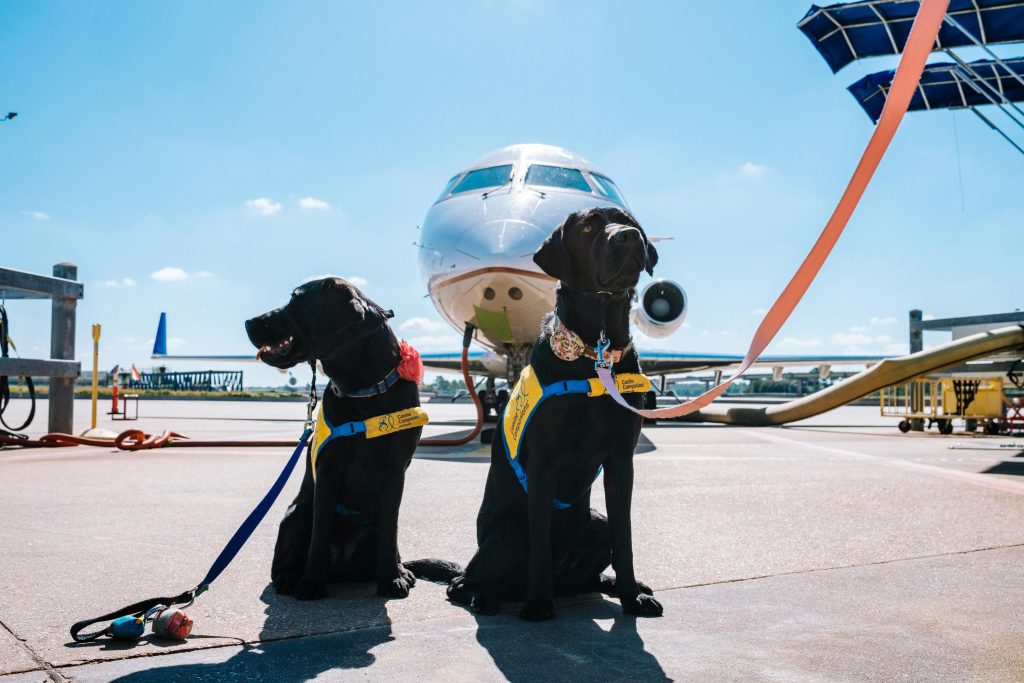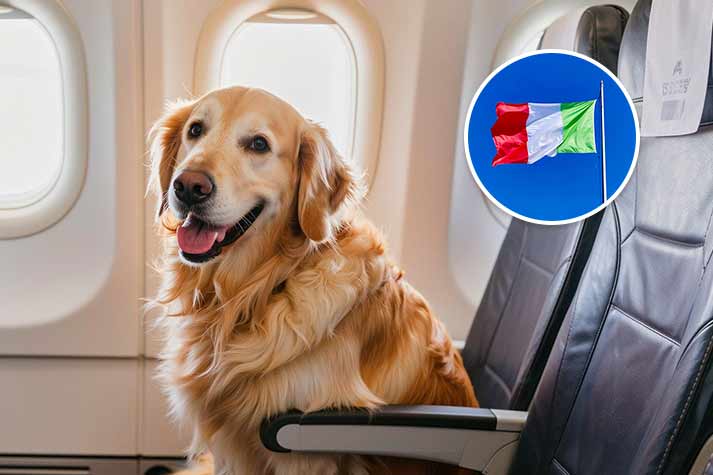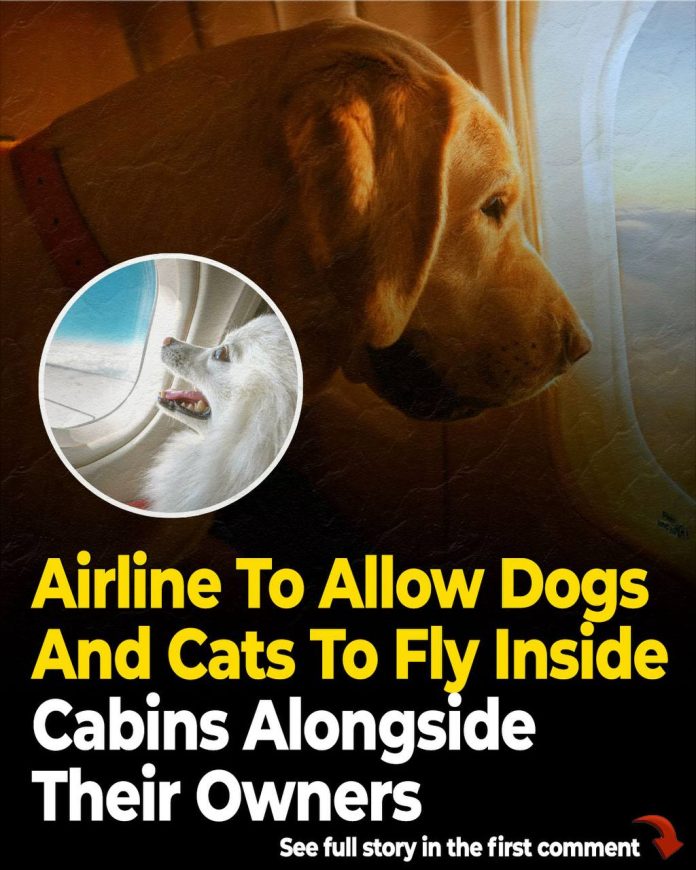Italy has introduced a ground-breaking shift in pet travel regulations by permitting medium and large dogs to travel in aircraft cabins alongside their owners. As of May 2025, the country’s Ministry of Transport and the National Civil Aviation Authority (ENAC) released guidelines allowing larger dogs under certain conditions. This change challenges the traditional practice of forcing all but small pets into cargo holds.
Historical Context and Policy Change
Historically, most airlines allowed only small pets in cabins—those that could fit under a seat. Larger dogs were relegated to the cargo area, where they faced stress, lack of human contact, and potential danger from handling and changes in temperature. The Italian decision reflects evolving societal views on animal welfare, recognizing pets more often as family members rather than cargo. In 2022, Italy amended its constitution to prioritize animal welfare, signaling a shift in public policy. Officials stated that this new regulation is part of efforts to bring civil society norms into line with modern views of pets. Political leaders described the changes as a matter of conscience and respect for family structures that include animals.

Key Features of the New Regulation
The updated rules allow medium and large dogs to fly in the cabin—but with strict conditions designed to preserve safety and order:
Carrier Specifications
Pets must travel in carriers that can be secured to a seatbelt or placed in the legroom area without obstructing aisles or emergency exits.
Airline Participation Is Voluntary
Airlines are not mandated to adopt the rule. Those that choose to must follow ENAC’s safety standards, including limits on how many pets may be aboard each flight.
Weight and Size Clarification
The rule does not specify a fixed kilogram cap, but instead aligns with existing carry-on baggage limits. The combined weight of the animal and its carrier may not exceed airline thresholds.
Safety Considerations
Carriers cannot block safety equipment or exit paths. They must allow safe evacuation and comply with seating layouts. Airlines must also ensure that the presence of larger pets doesn’t interfere with cabin safety.
Reaction from the Public and Advocates
Animal welfare organizations and pet owners have largely welcomed the policy. Many view it as a long-overdue recognition of the emotional connections people have with their pets. Comments such as “Pets are family, not freight” have circulated widely online. The change reduces stress and anxiety for pet owners who previously feared for the safety of their animals during travel. By giving pets the option to remain near their owners, the regulation may transform how people view air travel for families with animals. It could broaden access to plane travel for those who otherwise avoided flying with larger dogs.
Concerns Raised by Opponents
Even with broad support, critics have voiced legitimate concerns:
- Allergies and Hygiene
- Some passengers are allergic to pet dander, and guaranteeing a dander-free environment may be difficult, especially on full flights.
- Passenger Comfort and Phobias
- Not everyone is comfortable around dogs. Those with fear of dogs may feel uneasy in confined settings near a pet.
Behavior and Safety Risks
Even well-trained dogs may react under stress—especially during turbulence or takeoff. Airlines must assess pet temperament rigorously before permitting cabin travel.
Implementation Challenges for Airlines
Under the new framework, airlines opting in must submit detailed operational plans. These plans must address cabin layout changes, boarding procedures, managing pet relief, and allergy protocols. Some carriers may set aside specific rows or invest in modified seating to accommodate animal carriers safely. Cost structures and pricing will vary across flights and carriers, especially for longer routes.

Economic and Tourism Implications
Italy’s policy could boost pet-friendly tourism. Travelers with dogs are more likely to choose destinations and carriers that accommodate their animals. Hotels, restaurants, and tour operators may respond by broadening pet services, creating a niche market for pet-concierge or dog-friendly travel packages. Such shifts could stimulate both travel and pet care industries.
Conclusion
Italy’s move may inspire similar changes elsewhere. While some countries allow service or emotional support animals in cabins, far fewer permit large pets without special status. If Italy’s policy proves safe and commercially viable, it could encourage aviation regulators throughout Europe and beyond to reconsider their own rules. Airlines worldwide could adopt new models for humane, inclusive pet travel.

















